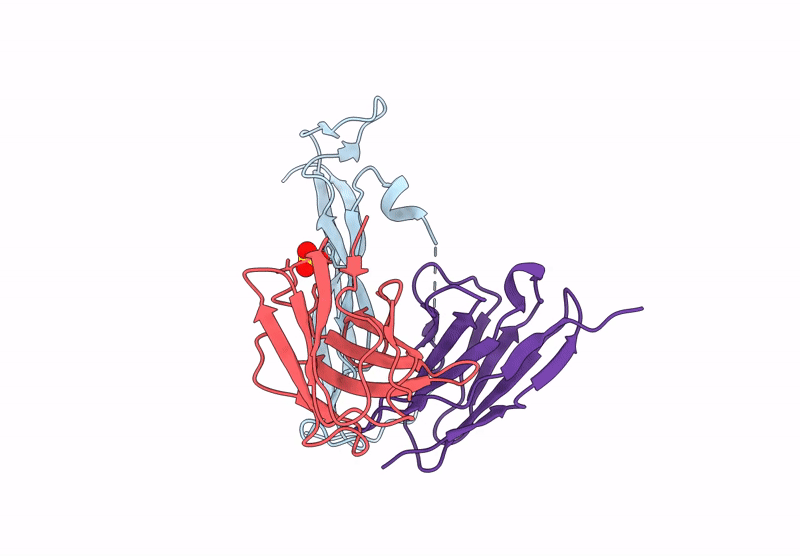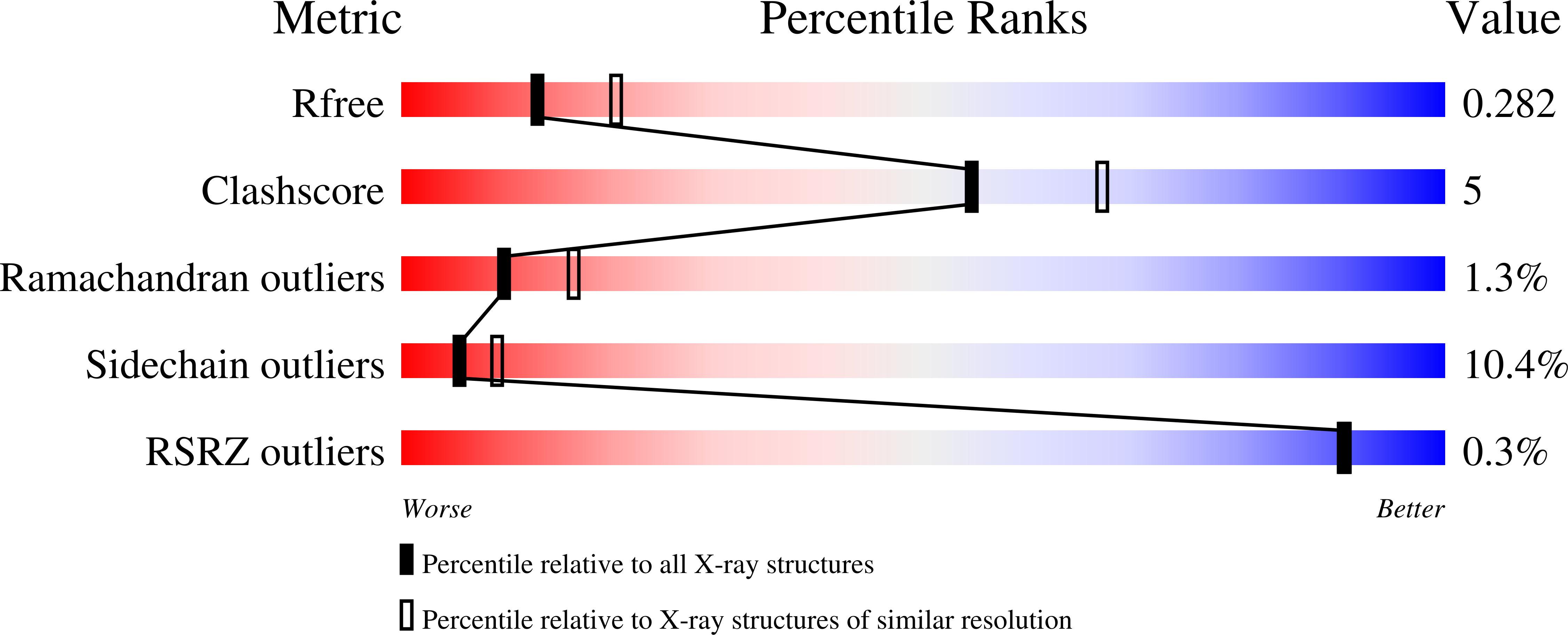
Deposition Date
2025-08-21
Release Date
2025-10-29
Last Version Date
2025-10-29
Method Details:
Experimental Method:
Resolution:
2.65 Å
R-Value Free:
0.25
R-Value Work:
0.19
R-Value Observed:
0.19
Space Group:
C 2 2 21


